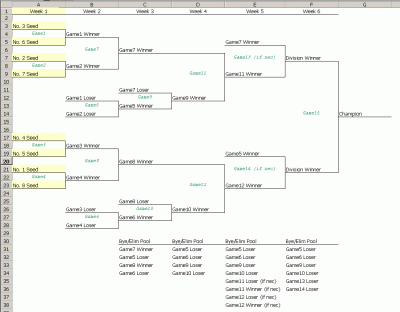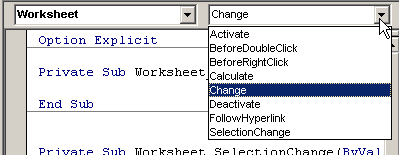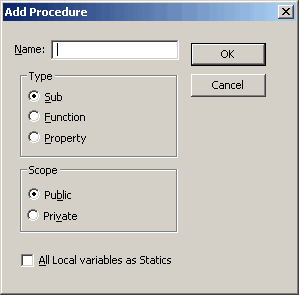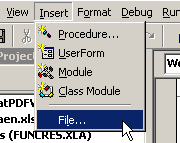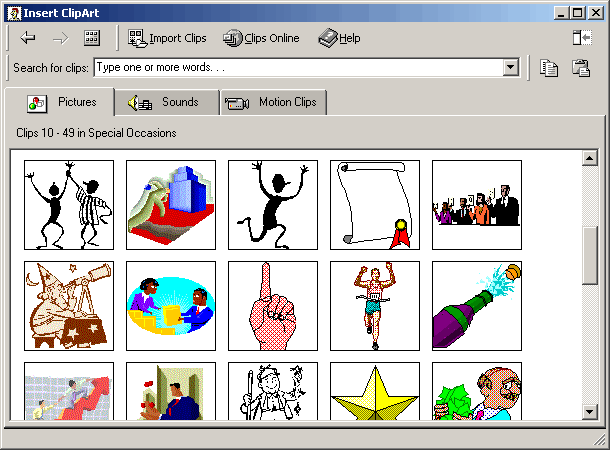In one of my (many) previous lives, I wanted to be a mathematician.
Even after I realized that being a mathematician would preclude a lifestyle that I wanted to become accustomed to, I still retained an active interest in mathematics. One of the areas that I found fascinating involved prime numbers.
I’ve seen many UDFs in the newsgroups, mostly provided by Excel MVPs, to determine if a number is prime. However, the following is the shortest UDF that I’ve been able to come up with:
Dim i As Long
If Num < 2 Or (Num <> 2 And Num Mod 2 = 0) _
Or Num <> Int(Num) Then Exit Function
For i = 3 To Sqr(Num) Step 2
If Num Mod i = 0 Then Exit Function
Next
IsPrime = True
End Function
The reason for declaring the input number Num as a Single is that if it’s declared as an Integer or a Long, an input value of, say, 3.2 will be coerced to 3 and be evaluated as a prime number. Clearly, this is not the desired result. There is probably a better way of handling this, but I can’t figure it out.
I’d be interested in some comments as to whether this code can be shortened or made more elegant.
